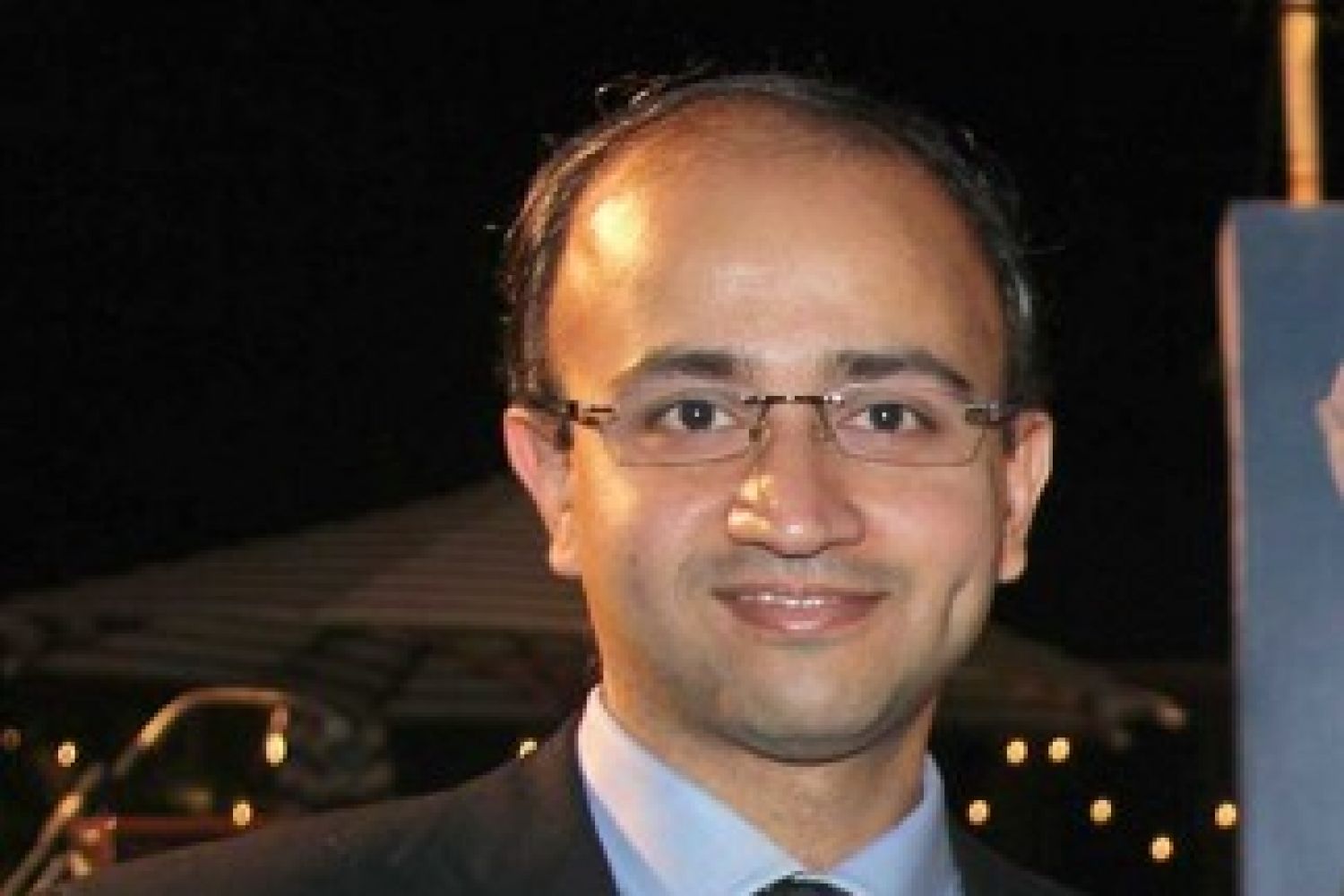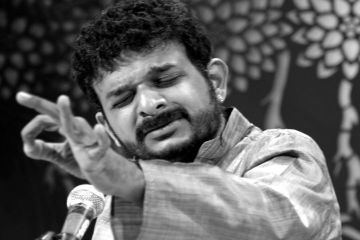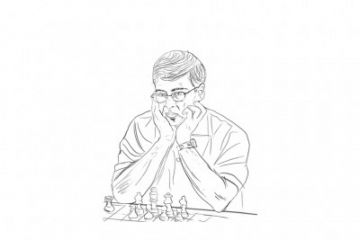
How do we read the emotions of people, what they feel when
they smile or scowl? The brain is made up of several nerve cells or neurons,
which are connected to each other by synapses. Neurons in one part of the brain
are linked to their counterparts in another, and these form networks which
perform defined functions.
Urvakhsh M. Mehta, clinician-scientist and Assistant
Professor of Psychiatry at National Institute of Mental Health and Neuroscience
(Nimhans), Bangalore, has been conductin





